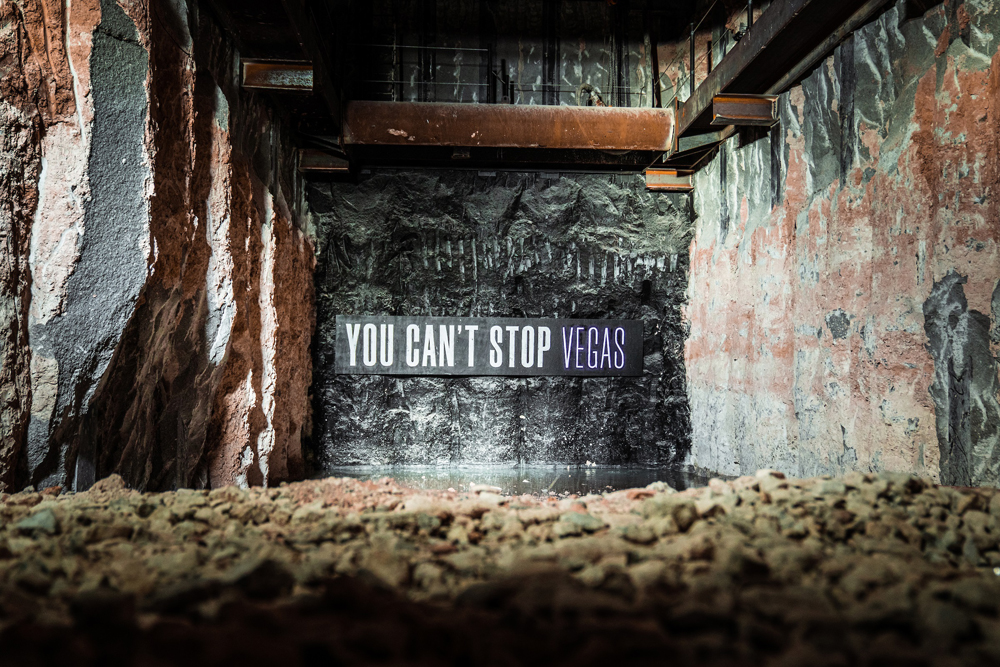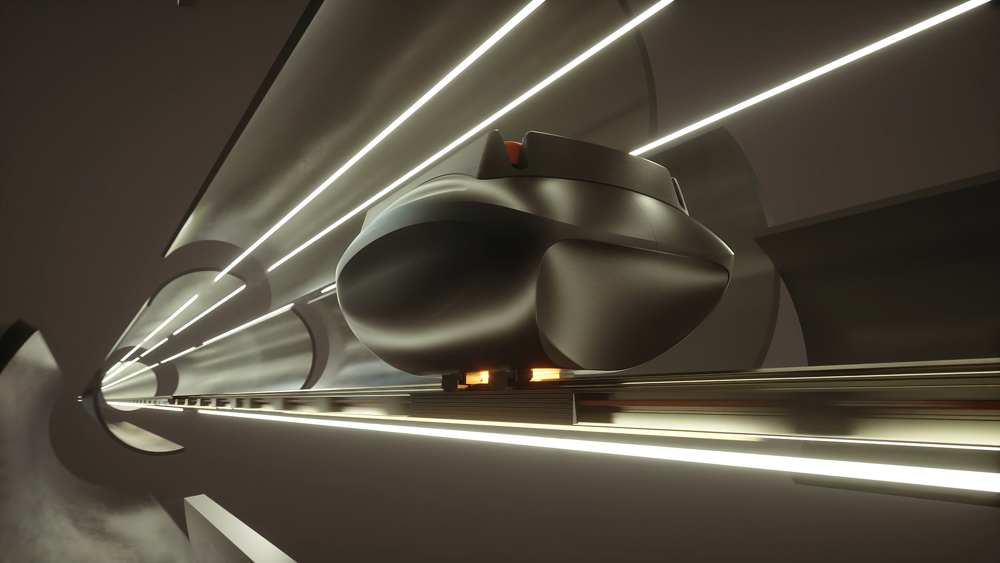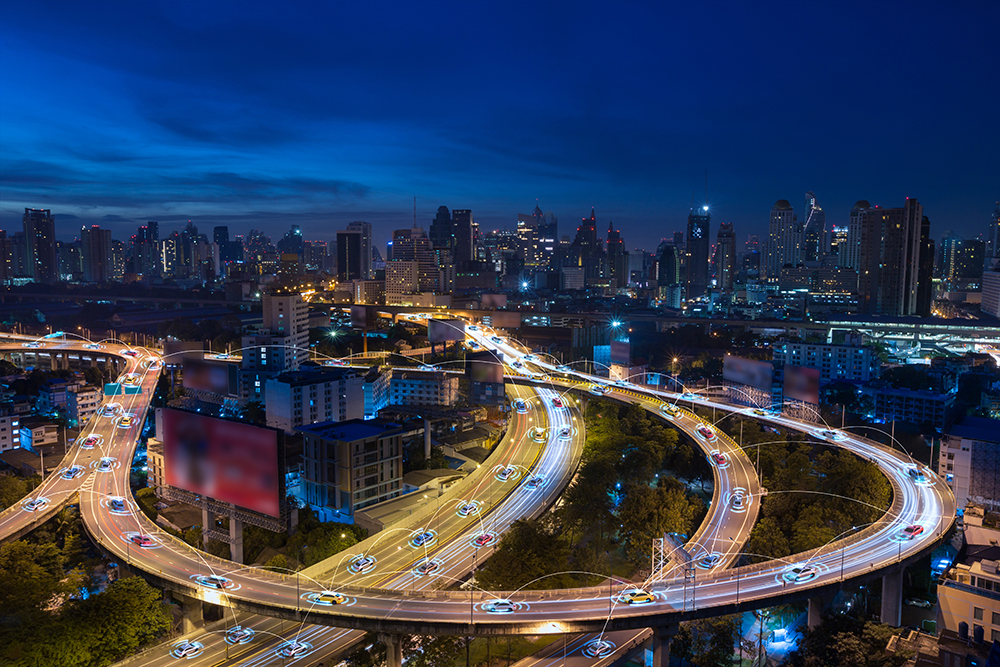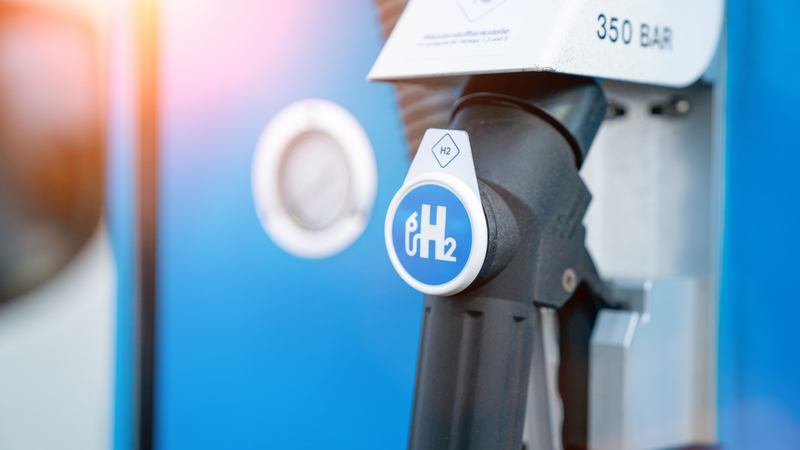
The transport industry has always attracted more than its fair share of visionaries and eccentrics. As any student of science television in the 1970s will tell you, history is littered with fanciful notions of imaginative but doomed projects. Bridge over the Atlantic, anyone?
For many transport professionals, hyperloop has until now occupied a similar space in their affections. Interesting but mad, and unlikely to contribute to the real-world problems of pollution and congestion anytime soon.
But it seems that could all be about to change as governments and regulatory authorities begin to take note of hyperloop’s potential.
In essence, hyperloop is a depressurised tube through which a passenger or freight pod can travel at speeds of up to 1,000km/h using magnetic levitation.
The technology is apparently close to being proven and developers are now pushing for clear regulatory and political guidance to help them secure long-term finance and support.
And if hyperloop really does take root as its supporters believe it will, it could presage the biggest upheaval in transport provision since Henry Ford and the development of the motor car.
Hyperloop’s backers say it is fast, safe, environmentally friendly, will reduce road congestion - and has the potential to replace much of the short-haul airline sector.
Rapid transit
What is more, it is a response to accelerating urbanisation. According to the United Nations, by 2050 more than 70% of the world’s population will live in cities and hyperloop will make mobility for people and freight between cities rapid, sustainable and comfortable in a way that cannot be provided by planes, cars or trains.
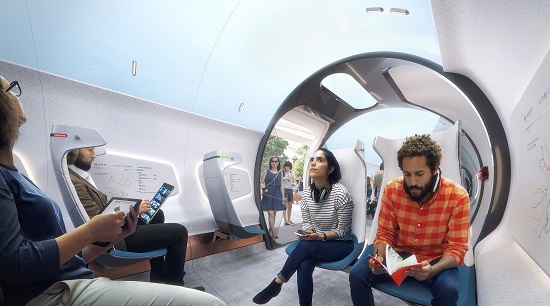
This latest version of the concept was the brainchild of Tesla and SpaceX CEO Elon Musk. In 2012, he outlined his idea of reduced-pressure tubes in which pressurised capsules ride at high speed on air bearings driven by linear induction motors and axial compressors.
The following year, he proposed a 350-mile hyperloop route from Los Angeles to the San Francisco Bay area which would carry passengers at speeds of up to 1,200km/h.
Crucially, Musk ‘open-sourced’ the concept to enable others to develop the ideas and among those who took up the challenge was David Pistoni, CEO of Spanish company Zeleros.
Pistoni is a mechanical engineering graduate with a masters in industrial management. In a sign of changing attitudes to hyperloop, he gave one of the best-received presentations at the huge Future of Transportation conference in Vienna last December.
Speaking to ITS International, he said: “I believe that hyperloop is an historic opportunity to create a new clean tool for the planet and society. We can combine existing technologies to create a new mode of transportation. The technology is no longer the big risk. The question is, can we make this work from an economic and business perspective?”
He continued: “I see hyperloop as complementary to existing transport options in a journey range of 400-1500km which is perfect for hyperloop. It is not a replacement for long-haul flights.”
And Pistoni insists it will be safe: “It will be as safe as a plane, with the added fact that in the event of a critical failure, the distance to land will be centimetres instead of kilometres.”
Green credentials
Hyperloop’s environmental credentials have also meant it is attracting increasing attention from the green transport lobby.
“From the operational perspective, there is no doubt hyperloop beats any alternative due to its super-low energy consumption and low maintenance,” Pistoni adds. “It is a purely electric mode of transport that could replace dirtier modes such as planes on several key global routes.”
But he warned that the concept is fast reaching a crucial tipping point and the hyperloop industry needs to consolidate under agreed international standards and regulatory framework.
Since Elon Musk’s 2012 initiative, many developers have come up with different iterations of the concept under the broad hyperloop umbrella.
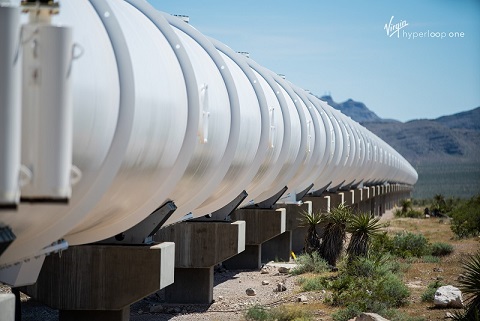
(© Virgin Hyperloop One)
Up to now, those different projects have found funding straightforward as it is relatively easy to finance small-scale prototypes. But the level of funding needed for full-scale testing will mean that government input and support is essential.
Pistoni added: “That is one of the most important issues. At the moment, we have different companies with different technologies and different test tracks in different countries. Of course we have had to develop the technology, but we know that we need to collaborate with each other to find the best regulatory framework. It is too soon to say how the industry will develop, but in Europe it is clear that the European Union will not finance many different technologies and projects.”
Like many of his industry rivals, Pistoni believes that - technologically - hyperloop will be ready to carry passengers within five years, but that regulatory and safety testing means that the first service will not be in commercial operation before 2029.
Critical balance
But finding the balance between cooperation and competition will be critical.
“We need the creation of working groups under the umbrella of the European Commission,” he says. “This is the starting point to build the foundations of hyperloop standard. As for the future? Possibly joint ventures or competition inside an interoperable framework.”
Valencia-based Zeleros is already working closely with fellow hyperloop developers such as Hardt from the Netherlands, Transpod from Canada and Hyper Poland.
In December, Hardt – another of Europe’s cutting-edge hyperloop developers - announced the go-ahead for the creation of a unique hyperloop test centre at Groningen in the Netherlands.
The European Hyperloop Center (EHC) will be Europe’s first facility to test hyperloop at high speeds and will be open to hyperloop developers from all over the world. Construction will start in 2020 and is expected to be completed in 2022.
The EHC will consist of a 3km test track, making it the first facility in Europe to trial this revolutionary transport system at high speeds. Tests conducted at the EHC will finally determine whether the hyperloop is a realistic alternative to short-haul flights.
Hardt aims to accelerate the development of the technology by involving as many parties as possible with specific knowledge. Initial partners include Royal BAM Group, Tata Steel Europe and Royal IHC.
The open, knowledge-sharing ecosystem which encourages collaboration between multiple private and public partners is very important,” said Tim Houter, Hardt CEO. “Implementing a project of this magnitude is not something that anyone can tackle alone. There is a wealth of knowledge and passion within Europe. With the EHC, we bring all this together to develop a single European system.”
Economic benefits
The European Commission is acutely aware of the need to move quickly both to develop appropriate regulations to support the technology, and ensure that Europe reaps the commercial and economic benefits of this new hyperloop industry.
In 2019, the EU made financial support available for cooperation in hyperloop research and development for the first time.
Speaking off the record, a Commission source said: “An informal coordination group has been set up on hyperloop involving promoters, interested member states and EU institutions. In 2020 we will deepen our support for hyperloop development and study the best regulatory approach to support testing and deployment in Europe.”
The Commission added that 16 member states have so far expressed their interest and exchanged information on hyperloop development initiatives.
In the US, the company widely regarded as leading the charge is Los Angeles-based Virgin Hyperloop One (VHO) – which also feels the tide is turning in its favour. “We are encouraged by the support we are seeing at the local and federal level around the world to support hyperloop certification based on the fundamentals of safe operating that are already standard practice,” said VHO project manager Sarah Lawson.
Last year, the hyperloop concept received support from the US government when secretary of transportation Elaine Chao created the Non-Traditional and Emerging Transportation Technology (NETT) Council.
Its role is to explore the regulation and permissions around hyperloop technology to help drive the development of hyperloop projects in the US.Supporters described the Council as an important step forward in recognising hyperloop as a new transportation mode that does not fit neatly into a regulatory structure that is over 100 years old.
Regulatory path
In the Middle East, VHO is working with Saudi Arabia’s Economic City Authority on a study to build the world’s longest test and certification hyperloop track, as well as a research and development centre and hyperloop manufacturing facility.
In India, the independent Consultative Group on Future Transportation (CGFT) has been set up to explore the regulatory path for hyperloop. In the same country last August the government of Maharashtra started a public procurement process for what was claimed to be the world’s first public hyperloop project, designating it a public infrastructure project like a bridge or a road.
The Maharashtra authorities announced that a consortium of VHO and global ports owner DP World would be the preferred operator for “the first hyperloop transportation system in the world”.
Although they have since backtracked, saying that they want to see a hyperloop project completed successfully elsewhere before proceeding, they insist that it has not been scrapped. If built, the project will link central Pune to Mumbai in under 35 minutes, as opposed to the current 3.5 hours or more by road. Economists say it could create over 1.8 million direct and indirect jobs and $36 billion in economic benefit for Maharashtra.
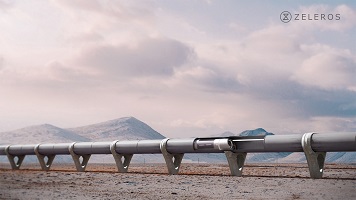
Like its counterparts in Europe, VHO is convinced that hyperloop’s time is coming - and soon.
“As cities around the globe contend with the impact of climate change, we need solutions that are transformative and respond to the scale of the challenge,” Lawson said. “In the transportation industry alone, greenhouse gas emissions have more than doubled since 1970 and are expected to nearly double again in 2050 without a massive leap forward.”
She said that hyperloop will be able to carry more people than a subway, at airline speeds and with zero direct emissions: “Combining an ultra-efficient electric motor, magnetic levitation, and a low-drag environment, our system is five to 10 times more energy-efficient than an airplane and can go faster than high-speed rail using less energy.”
Lawson concluded: “The reality is that hyperloop will be the most energy-efficient form of mass transit in the world and up to 10 times more energy-efficient than flying.”



